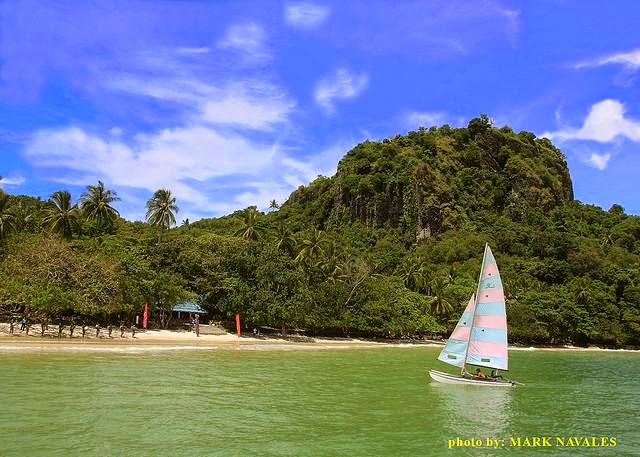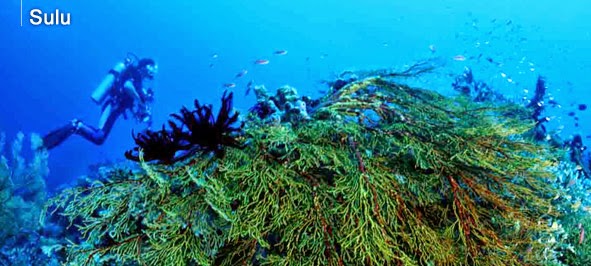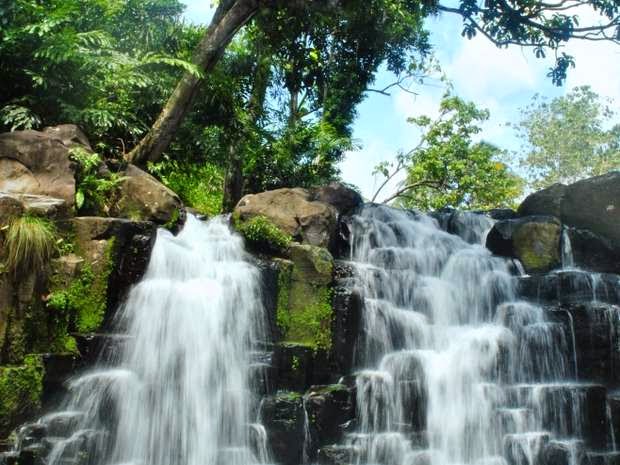DEFORESTATION
Deforestation is the process whereby natural forests are cleared through logging and/or burning, either to use the timber or to replace the area for alternative uses.
The effects of deforestation are:
- Reduced biodiversity
- Release of greenhouse gas emissions
- Disrupted water cycles
- Increased soil erosion
- Disrupted livelihoods
STATUS OF MARINE BIODIVERSITY
Marine biodiversity refers to a variety of life forms including plants, animals and microorganisms , the genes that they contain and the ecosystems that they form.
The threats of marine biodiversity are:
- Over exploitation
- Pollution
- Habitat destruction and fragmentation
- Non-native species invasion
- Global climate change
MINING IN THE PHILIPPINES
Mining is the extraction of valuable minerals or other geological materials from the earth from an orebody, lode, vein, seam, or reef, which forms the mineralized package of economic interest to the miner.












